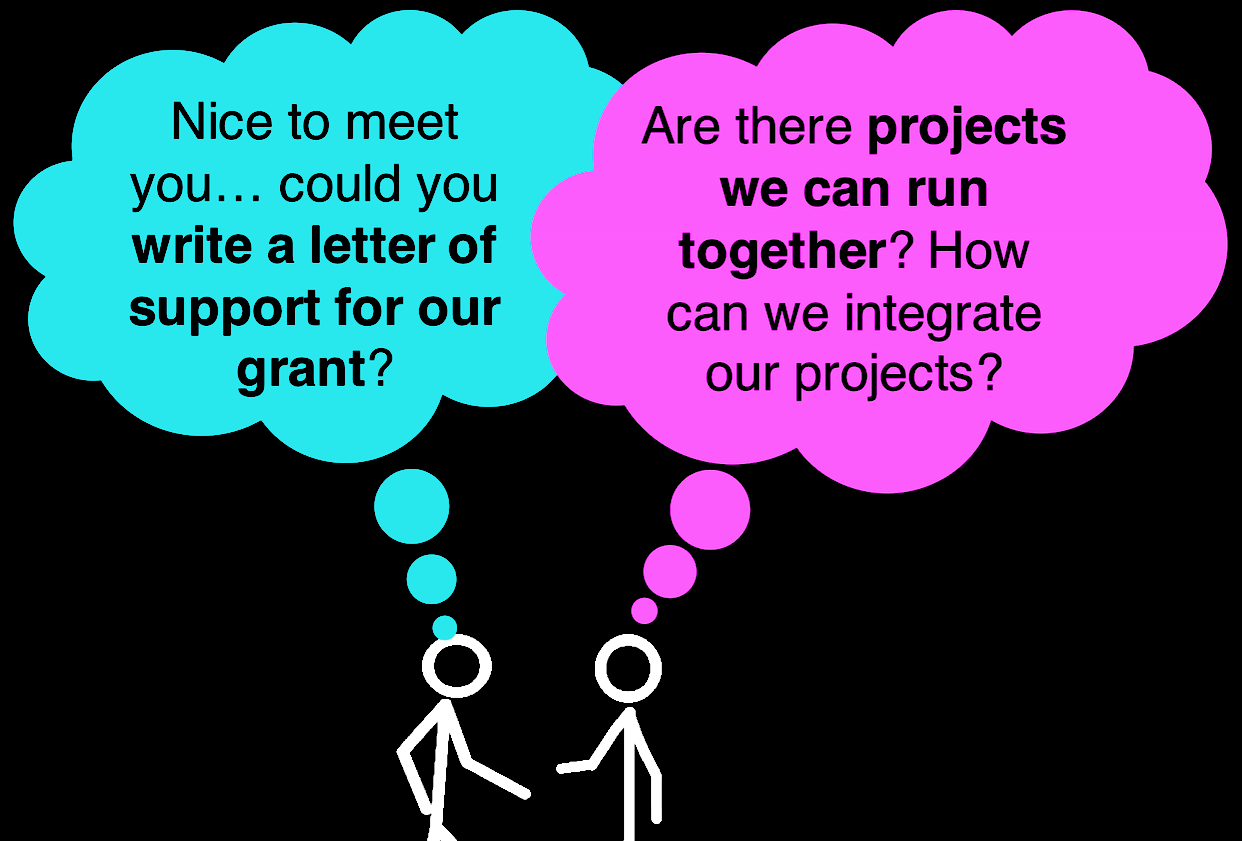Poster selected for presentation and Oxford University Press prize at 2016 Int’l Neuroethics Society Meeting
November 12th, 2016A presentation Margaret C. Thompson and I submitted to the International Neuroethics Society’s 2016 meeting was well-received. It was selected for presentation in a series of lightning talks meant to showcase interesting projects. Our poster was also selected for an award from Oxford University Press. Finally, the abstract is slated for publication in an upcoming issue of the American Journal of Bioethics: Neuroscience. Here’s an excerpt:
In their Gray Matters report, the Presidential Commission for the Study of Bioethical Issues urges neuroscience research teams to engage with the ethical implications of their work. One promising mode of engagement is to embed ethicists into research teams. Teams with an embedded ethicist should better able to critically examine the implications of their decisions at more junctions along the research pathway. The Presidential Commission, however, recognizes a number of obstacles that arise with this approach including (but not limited to): disciplinary forces that disincentivize ethics integration efforts, the shortage of students and professionals with “cross disciplinary fluency,” and gaps in knowledge about how to foster or articulate the success of these collaborations.
We are members of a laboratory working on implanted neural devices—I study philosophy and Maggie studies electrical engineering. We design and run experiments investigating Closed-Loop Deep Brain Stimulation for people with Essential Tremor. Throughout our collaboration, we came across many of the obstacles mentioned in Gray Matters, but we also encountered different obstacles: the logistics of embedding a neuroethicist into an engineering lab (finding desk space for them, including them in emails, and so on); the interpersonal attitudes required to initiate and sustain these collaborations; and how hard it is to build an intellectual identity through these collaborations. On our poster, we describe our collaboration in more detail, offer recommendations for building deeper collaborations (rather than nominal ones), and give possible ways of gauging success.
